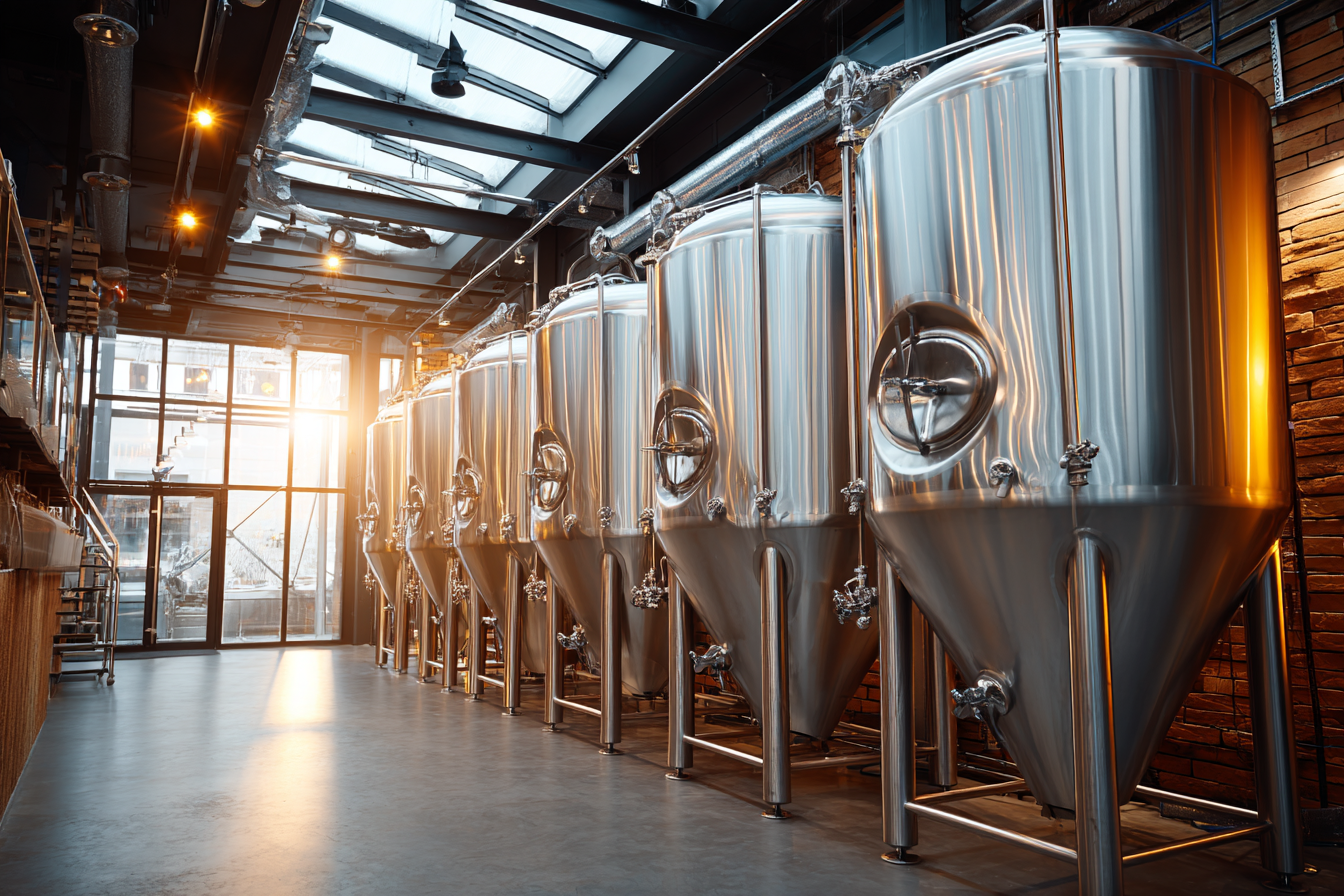If you’re passionate about craft beer and want to dive into brewing your own New Zealand Pilsner, understanding the essential equipment is key. The process of brewing this crisp, refreshing style requires precision and some specific tools that can help you get that perfect blend of malt sweetness and hop bitterness characteristic of New Zealand’s signature pilsners. Whether you’re an enthusiastic homebrewer or a professional brewer, having the right setup will make all the difference. Let’s explore the essential brewing equipment that will guide you through creating an outstanding New Zealand Pilsner.
Brewing Equipment Basics: What You Need to Start
Before diving into the specifics for New Zealand Pilsners, it’s helpful to understand the fundamental equipment used in brewing any beer. At its core, the brewing process includes mashing, boiling, fermenting, and conditioning, and each step requires certain tools:
- Mash Tun: The vessel where milled grains mix with hot water to extract fermentable sugars.
- Boil Kettle: Used to boil the wort and add hops, which contributes bitterness, flavor, and aroma.
- Fermenter: A container where yeast converts sugars into alcohol and carbon dioxide.
- Cooling System: Rapidly cools the wort after boiling to a yeast-friendly temperature.
- Hydrometer or Refractometer: Tools to measure sugar content and monitor fermentation progress.
- Sanitizing Supplies: Critical for maintaining clean and contamination-free equipment.
These basics apply across styles, but New Zealand Pilsners have particular needs that influence how you select and use this equipment.
Essential Equipment for New Zealand Pilsner Production
New Zealand Pilsners are characterized by their bright clarity, crisp mouthfeel, and the unique hop profile often featuring New Zealand hop varieties like Nelson Sauvin or Motueka. To achieve this, using equipment that allows precise control over temperature and sanitation is vital. Let’s look at the specific gear that enhances your ability to produce a top-quality pilsner:
Selecting the Right Mash Tun and Boil Kettle
The mash tun is arguably the heart of your brewhouse. For New Zealand Pilsners, where a clean malt profile is desired, using a well-insulated mash tun ensures even temperature retention throughout the mashing process. Stainless steel mash tuns with false bottoms or manifold systems are highly recommended, as they provide excellent heat retention and facilitate easy wort separation.
When it comes to the boil kettle, size and material are key considerations. A stainless steel kettle (typically 30 liters or larger for homebrewers) offers durability and consistent heat transfer. Precise control during the boil allows for proper hop addition timing and evaporation, which directly impacts the beer’s bitterness and aroma — essential traits in New Zealand Pilsners.
Temperature Control Tools: Precision Matters
Temperature control is critical in brewing pilsners because these beers require cool fermentation temperatures (typically between 8-12°C or 46-54°F) to maintain their clean and crisp character. Investing in reliable temperature control equipment can make all the difference. Here are some essentials:
- Digital Thermometers: Use these to monitor mash and fermentation temperatures accurately.
- Temperature-Controlled Fermenters: Mini-fridges with thermostats or specialized fermentation chambers help maintain the consistent low temperatures required.
- Heat Belts or Heating Pads: Useful in colder environments to maintain mash temperatures without large heat fluctuations.
Controlling your temperatures accurately during mashing, boiling, and fermenting steps ensures the delicate malt and hop characters in your pilsner shine through.
Fermentation and Conditioning Gear
Fermentation is where your wort transforms into beer, and for a New Zealand Pilsner, you want a clean, vigorous fermentation with minimal off-flavors. Selecting the right fermenters and conditioning vessels can elevate your brew quality.
- Conical Fermenters: These allow for easy yeast and sediment removal, resulting in clearer beer and simplified harvesting if you want to reuse yeast.
- Glass or Food-Grade Plastic Carboys: Traditional and affordable options perfect for smaller batches but require careful handling and cleaning.
- Bright Tanks or Secondary Fermenters: For conditioning, carbonation, or dry hopping, these vessels help refine clarity and flavor.
Carbonation can be achieved through natural bottle conditioning or forced carbonation if kegging equipment is part of your setup.
Cleaning and Maintenance Essentials
Cleanliness is your best ally in brewing any beer, especially delicate styles like pilsners that reveal flaws easily. Investing in good cleaning and sanitizing products will prevent infections and off-flavors:
- PBW (Powdered Brewery Wash): Effective for cleaning heavy residues from fermenters and kettles.
- Sanitizers (e.g., Star San): No-rinse sanitizers that ensure all equipment touching your beer is bacteria-free.
- Cleaning Brushes and Scrubbers: To reach into kettles, mash tuns, filter systems, and fermentation vessels.
Regular maintenance of seals, valves, and fittings is equally important to avoid leaks or contamination during the brewing cycle.
Tips for Setting Up a Pilsner Homebrew Kit
Putting together a homebrew kit specifically tailored to New Zealand Pilsners helps streamline your brewing process. Here are some handy tips:
- Start with a Quality Base Kit: Look for kits that include a mash tun, boil kettle, fermenter, and thermometer as essentials.
- Include Specific Hopping Additions: Source New Zealand hop varieties like Nelson Sauvin, Riwaka, or Motueka for authenticity.
- Upgrade Temperature Control: Consider adding a fermentation chamber or temperature controller early for better consistency.
- Have Multiple Fermenters: This allows you to brew and condition parallel batches, improving efficiency.
- Organize Cleaning Supplies: Make sure sanitizers and brushes are part of the kit to maintain hygiene.
- Invest in Quality Ingredients: Use pilsner malt and clean yeast strains like lager yeast to bring out the true essence of the style.
With a well-chosen kit, your journey to brewing a stellar New Zealand Pilsner becomes much smoother and enjoyable.
Embracing the Craft of New Zealand Pilsner Brewing
Brewing a New Zealand Pilsner is both an art and a science, supported by the right equipment that facilitates control, precision, and sanitation. From choosing an efficient mash tun and robust boil kettle to deploying accurate temperature control and dedicated fermentation vessels, every piece of equipment plays a crucial role. Keeping your gear impeccably clean and well-maintained helps safeguard the beer’s delicate flavors and clarity.
Whether you’re starting with a homebrew kit or setting up a professional microbrewery, focusing on equipment tailored for the unique demands of New Zealand Pilsners will elevate your brewing results. With commitment and the right tools, you can craft a refreshing beer that celebrates the vibrant hop aromas and bold character this iconic style offers.







